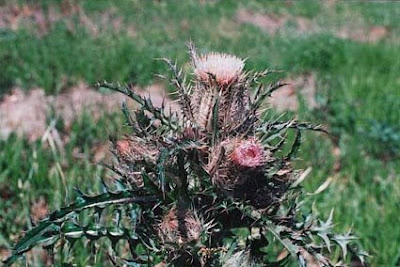Douglas Tallamy, author of the new bible, Bringing Nature Home (see my earlier post), used the word "forbs" enough times that I had to look it up. Since my blog's name comes from plants (that live in the air, without visible means of nutrition), I had to know what my Scottish family's name came from. Here is is: a non taxonomic (feeling verbally taxed?) name for a grouping of herbaceous, flowering plants, like clovers, wild flowers, grasses and the like. Like my brain.
Here's from Wiki:Forbs are herbaceous flowering plants that are not graminoids (grasses, sedges and rushes). The term is frequently used in vegetation ecology, especially in relation to grasslands, to refer to broad-leaved (dicot) herbs. Forbs represent a guild of plant species with broadly similar growth form, which in ecology is often more important than taxonomic relationship.
In addition to its use in ecological studies, the term forb may also be used for subdividing popular guides to the wildflowers of a region, together with other categories such as ferns, grasses, shrubs and trees. This approach is not followed in formal regional floras, which are usually organised taxonomically.
Some example forbs: clover, sunflower, milkweeds.I wonder what my siblings and cousins will think? (My parents are dead.) Without pride of ownership, I think we need a lot more native forbs in this world!


0 comments:
Post a Comment